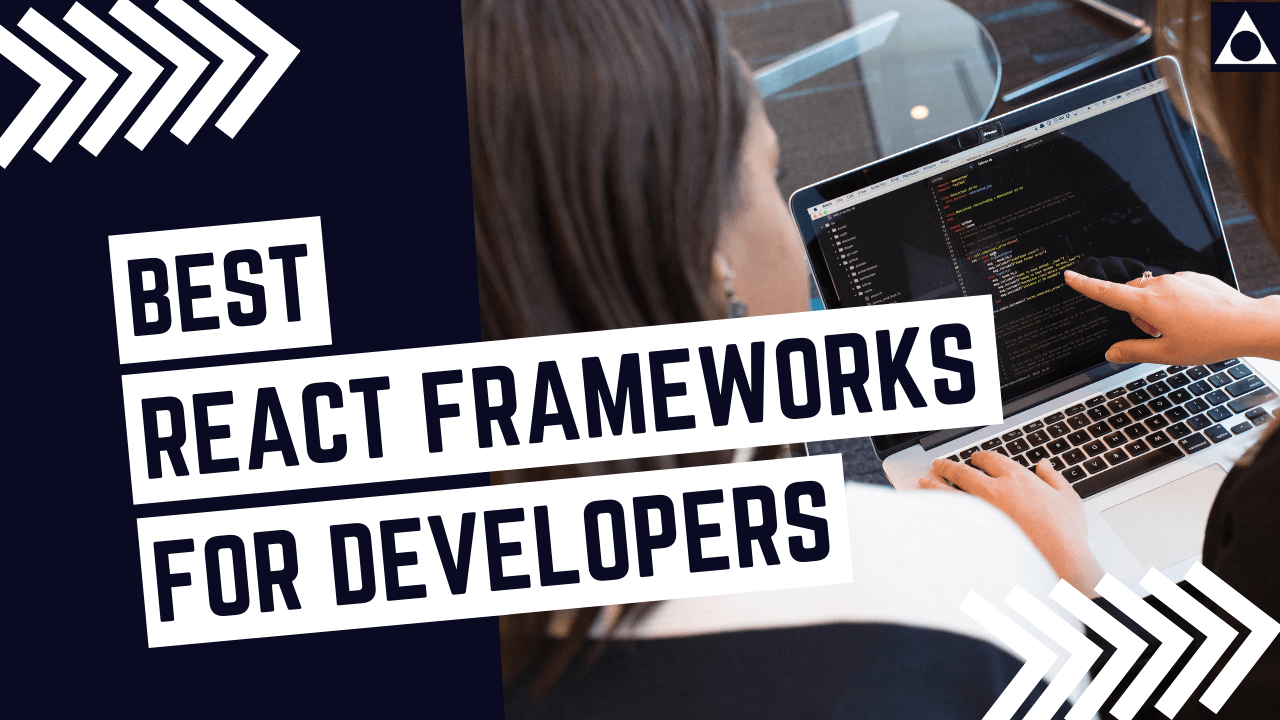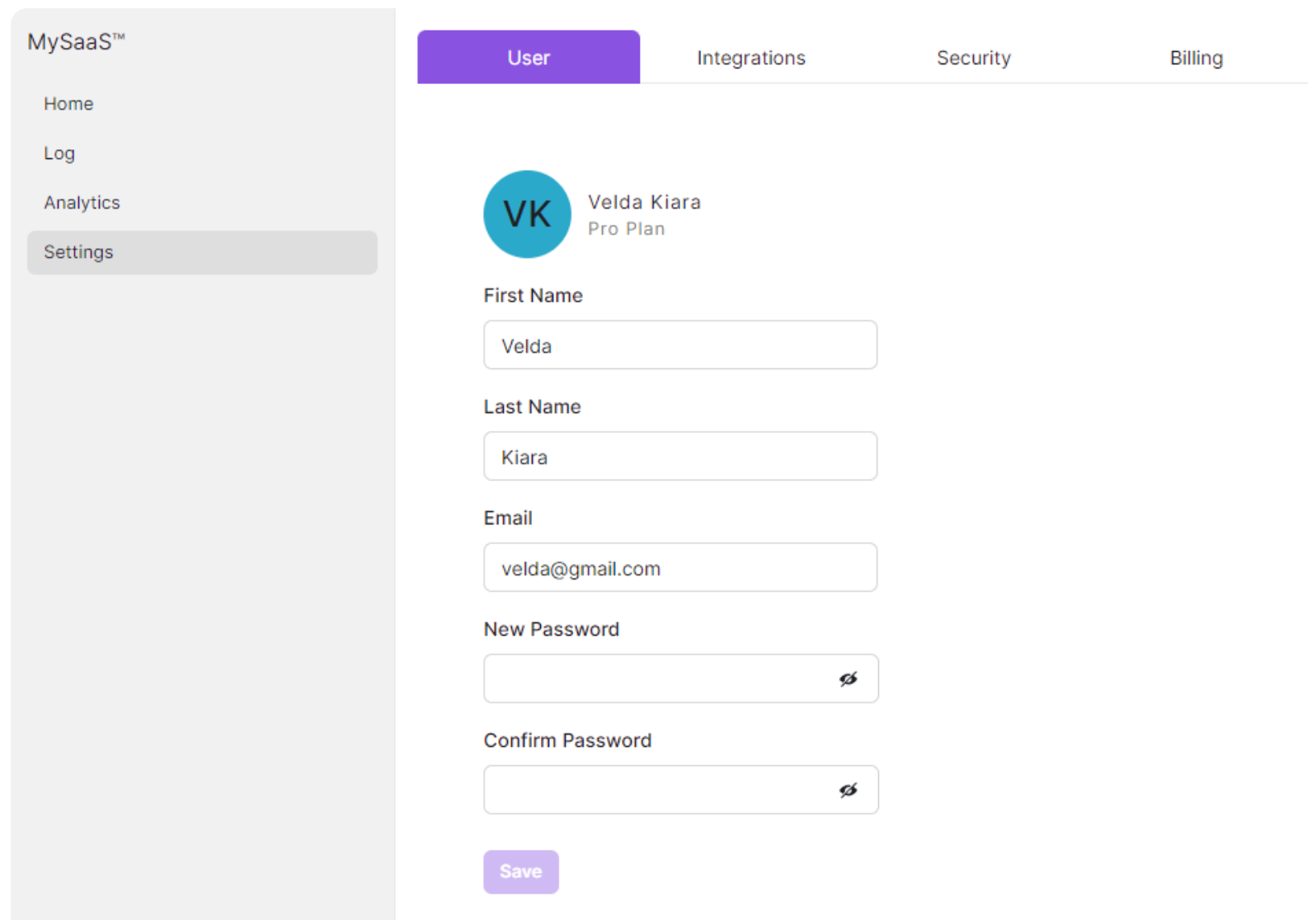
React is a **free **and open-source front-end JavaScript library for creating user interfaces, built and maintained by Meta. In the modern world, there are React libraries, which help developers to be more productive, and fast.
Overall, All of these Frameworks and Libraries enhance the developer experience.
When it comes to features, it doesn't have much to offer on its own. It's not necessarily a bad thing; in fact, for people who favor a minimalist approach, it's a huge plus.
At this time, we will need to bring the modern and more functional machines into play, such as libraries and frameworks. Thankfully, React's popularity has resulted in many options.
Best React Frameworks For Developers
Comprehensive List of 7 React Frameworks for Developers To Use in 2022:
1. Next.js
Next.js is an open-source JavaScript framework that extends the capabilities of React by adding functionalities that go beyond the display layer, which React is limited to.
Next.js was created by Guillermo Rauch and now is maintained by the team at Vercel.
Next.js does away with the necessity for a bundle or compiler. It also aids with production and SEO optimization, as well as lowers the amount of code required to connect your React project to the internet.
Next.js is ideal for creating hybrid applications that include both server-rendered and statically generated pages. It's also an excellent solution for huge eCommerce sites, web portals, and websites with a large user base.
2. React Redux
Redux is a state management toolkit for JavaScript applications that is predictable. It establishes a single source of truth for an app's entire state and eliminates the need to transfer data via all nested components.
If you're utilizing both React and Redux, you'll need a UI binding framework to keep everything together. Most likely, you'll utilize the official library, simply known as React Redux.
Because React Redux was created with React in mind, the design principles remain unchanged. It uses internal speed optimizations to control the re-rendering of the components, so you can't get a more personalized experience than that.
3. Chakra UI
Chakra UI is a simple yet powerful component-based React framework that allows you to quickly develop user interfaces, saving you time and increasing productivity by using Chakra UI with React.
It also allows you to easily and intuitively design your own components and alter existing ones. It includes everything a modern developer could require. Animations, forms, drawers, and other similar elements are examples.
The semantic HTML structure, keyboard navigation, and WAI-ARIA requirements are all taken care of by Chakra UI.
4. Gatsby
Gatsby is a full-featured framework for both online and mobile apps that is both a compiler and an ETL tool.
Gatsby does output static files that can be delivered on a Content Delivery Network with no server to be running, but it doesn't end there.
Gatsby, like any other popular framework, is more than capable of creating dynamic, scalable React websites and apps.
If you need excellent performance, top security, SEO friendliness, and the ability to manage numerous plugins, Gatsby is a suitable solution.
5. Semantic UI
Semantic UI is a user interface architecture that is built on semantics. It allows you to quickly create responsive layouts for a lightweight user experience.
It's also very user-friendly and intuitive. The reason for this is that HTML's human-friendly syntax and JavaScript's equally simple semantics.
The large range of options ensures your websites will not all look the same, or even comparable, which is a common criticism leveled at Bootstrap.
You can reuse your designs and code across a variety of applications. This can help you develop more quickly.
6. Vite
Vite is a new breed of frontend build tool that significantly improves the frontend development experience.
Advantages of Vite:
-
A development server with a wealth of built-in capabilities and lightning-fast Hot Module Replacement that feeds your source files over native ES modules (HMR).
-
A build command that bundles your code with a roll-up and sets it up to produce highly optimized static assets for production.
At its most basic level, developing with Vite is like working with a static file server. Vite goes above and beyond basic ESM imports to enable a variety of features that are common in bundler-based configurations.
7. Rebass
With only eight components and a weight of 4KBs, it has everything you'll need to get started on your project.
It could be especially handy for individuals who want to build their own UI components or even a completely new user interface from scratch.
All eight components are simple and unprejudiced, with their own distinct styles, while the library is simple, adaptable, and consistent.
Rebass includes a flexbox layout and a flexible variations API. And, because it was made with Styled System, Emotion, and Styled Components, it should function with it.
8. Remix
Remix is a new full-stack JavaScript framework that eliminates static site creation and does a few things differently than existing frameworks.
Remix uses React to render its user interface, and it has a lot of similarities to Next JS. There are significant distinctions, however, between nested routes, data fetching, saving management, and error handling.
Here's a complete guide for Remix.js for Beginners.
Conclusion
The range is enormous. The community is vibrant and talented, and it is always striving to improve the development experience.
But sometimes this range can cause confusion among developers in choosing the correct tool according to their needs.
You'll learn more about these libraries and frameworks after regularly using them. Expertise comes with experience.
Learning and mastering programming is a long and effort-taking journey but, trust me, it's worth it to be regular!
I publish Detailed Programming Tutorials every day on Developer Noon. Subscribe to our newsletter to receive it exclusively every week.
)

